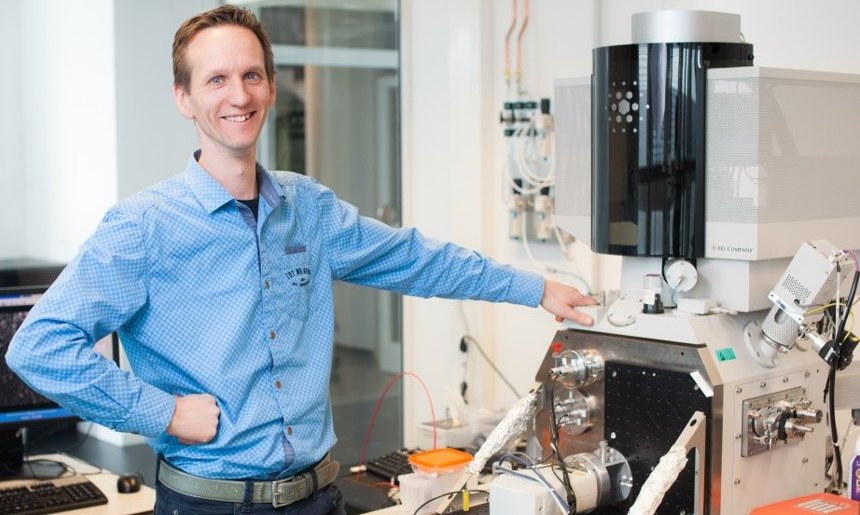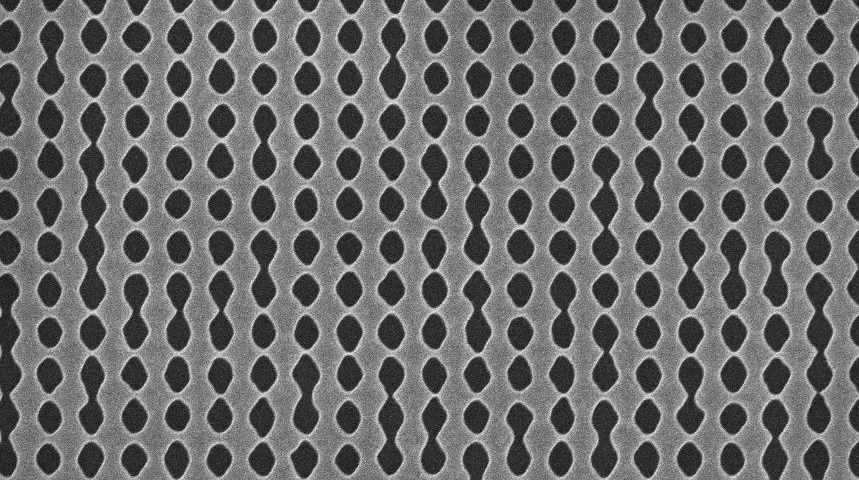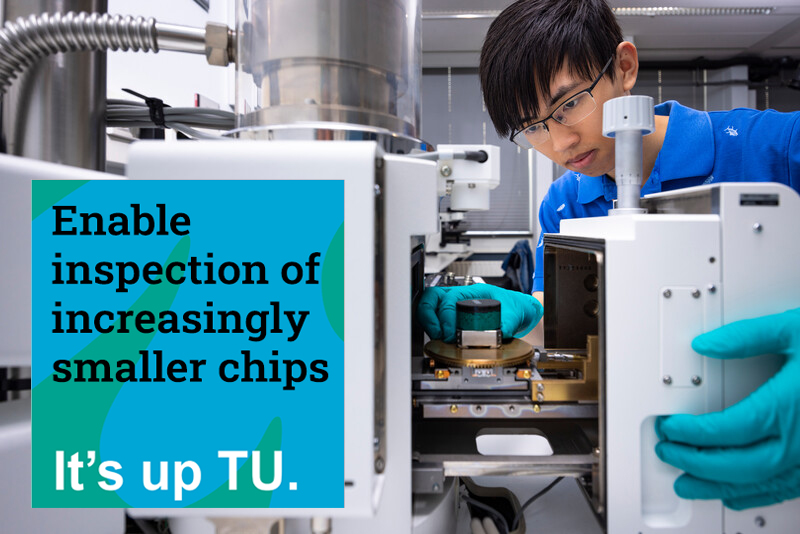Job openings | PhD & Postdoc positions
Provide society with the eyes to look at the nanoscale world | It’s up TU
We invite you to join us in this exciting collaboration between ARCNL, Delft University and ASML. Contribute to the realization of faster and more reliable electron imaging for the semiconductor industry and start or continue your career at the intersection of industrial engineering and fundamental science.
We are building a team of 7 PhDs and 3 Postdocs with a focus on design, simulations or experimental characterization. Curious? Don’t hesitate to contact Jacob Hoogenboom for more information.
Application: TU-Delft is currently reviewing applicants of the first application round. If you wish to be updated on new vacancies create a job alert here by clicking the "set job alert” button and use the predefined search term NWOKIK.
ARCNL is hiring now: please find below the links to the available positions:
Instrumentation, focused on
- Using your applied physics or engineering background to create a microscope optimized for semicon inspection at low electron energies.
- Working on novel designs of the source that generates the beam.
- Improving electron lenses and correctors to create low-energy beams containing higher current.
Electron-target interaction, focused on
- Taking a more experimental approach to study the interaction of low energy electrons in materials by applying your background in (fundamental) physics or chemistry (Postdoc) or focus on both experiments and simulation models (PhD project).
- Looking at the physics/chemistry in the sample that leads to signal generation and figuring out how to create more signal and/or prevent charging and damage.
Signal generation and detection, focused on
- Applying your background in physics, electrical engineering, or signal processing to implement novel detection schemes that improve signal collection.
- Creating better images by detecting and preventing artefacts due to charging or damage.

Jacob Hoogenboom, Associate Professor at the Department of Imaging Physics:
“Computer chips have become an integral part of today's society. By making their components smaller and smaller, computer chips have become increasingly powerful over the years. Emerging technologies such as artificial intelligence require even more powerful and, therefore, smaller chips. In addition, further downsizing can also make computer chips more energy efficient and thus sustainable.
A major challenge, however, is that the components in computer chips are already becoming so small that we can hardly make them visible and thus inspect them with conventional techniques based on light. Inspection with electrons offers a solution to this, though the technique still has major, fundamental shortcomings. For example, the throughput of inspection with electron microscopes is still far too low and exposure with electrons also leads to damage and artifacts that make it difficult to achieve a reliable image.
Together with ASML and our colleagues at ARCNL, we aim to obtain a better fundamental understanding of the processes that lead to damage and artifacts and use this understanding to arrive at faster and more reliable electron imaging.”

